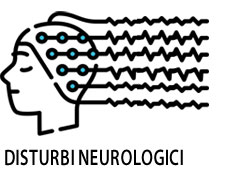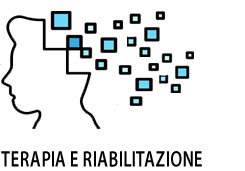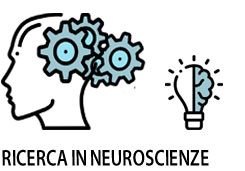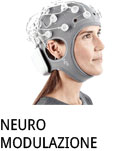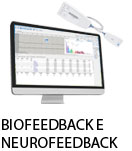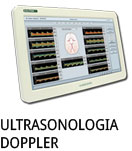- +39 011 5821948
- info@geasoluzioni.it
- Lun - Ven 8:00 - 17:30
Pubblicazioni
Effects of Electrical Stimulation in Tinnitus Patients: Conventional Versus High-Definition tDCS
- Abstract:
- BACKGROUND: Contradictory results have been reported for transcranial direct current stimulation (tDCS) as treatment for tinnitus. The recently developed high-definition tDCS (HD tDCS) uses smaller electrodes to limit the excitation to the desired brain areas. OBJECTIVE: The current study consisted of a retrospective part and a prospective part, aiming to compare 2 tDCS electrode placements and to explore effects of HD tDCS by matched pairs analyses. METHODS: Two groups of 39 patients received tDCS of the dorsolateral prefrontal cortex (DLPFC) or tDCS of the right supraorbital-left temporal area (RSO-LTA). Therapeutic effects were assessed with the tinnitus functional index (TFI), a visual analogue scale (VAS) for tinnitus loudness, and the hyperacusis questionnaire (HQ) filled out at 3 visits: pretherapy, posttherapy, and follow-up. With a new group of patients and in a similar way, the effects of HD tDCS of the right DLPFC were assessed, with the tinnitus questionnaire (TQ) and the hospital anxiety and depression scale (HADS) added. RESULTS: TFI total scores improved significantly after both tDCS and HD tDCS (DLPFC: P < .01; RSO-LTA: P < .01; HD tDCS: P = .05). In 32% of the patients, we observed a clinically significant improvement in TFI. The 2 tDCS groups and the HD tDCS group showed no differences on the evolution of outcomes over time (TFI: P = .16; HQ: P = .85; VAS: P = .20). CONCLUSIONS: TDCS and HD tDCS resulted in a clinically significant improvement in TFI in 32% of the patients, with the 3 stimulation positions having similar results. Future research should focus on long-term effects of electrical stimulation.
- Patologie/Applicazioni:
- Anno:
- 2018
- Tipo di pubblicazione:
- Articolo
- Parola chiave:
- acufeni; tinnitus; hd-tdcs
- Testata scientifica:
- Neurorehabil Neural Repair
- Nota:
- Articolo sull'impiego della tDCS e HD-tDCS con elettrodi di piccole dimensioni, nel trattamento del tinnitus.
- Commenti:
- Stimolazione su DLPFC (dorsolaterale prefrontale) e su RSO-LTA (sopraorbitale temporale) Valutate le scae TFI, VAS e HQ, Osservato un significativo miglioramento del TFI (tinnitus functional index) nel 32% dei pazienti
- DOI:
- 10.1177/1545968318787916
La nostra storia
GEA soluzioni si affaccia nel 2013 al mercato della strumentazione medicale di alto livello tecnologico ma la sua storia parte da più lontano, clicca qui per approfondire.
GEA SOLUZIONI SRL
via Issiglio 95/10, Torino
Tel.: 011 5821948 / 011 4463853
Fax: 011 0433281
Email: info @ geasoluzioni.it
P. IVA IT11696920013
REA TO1233648

